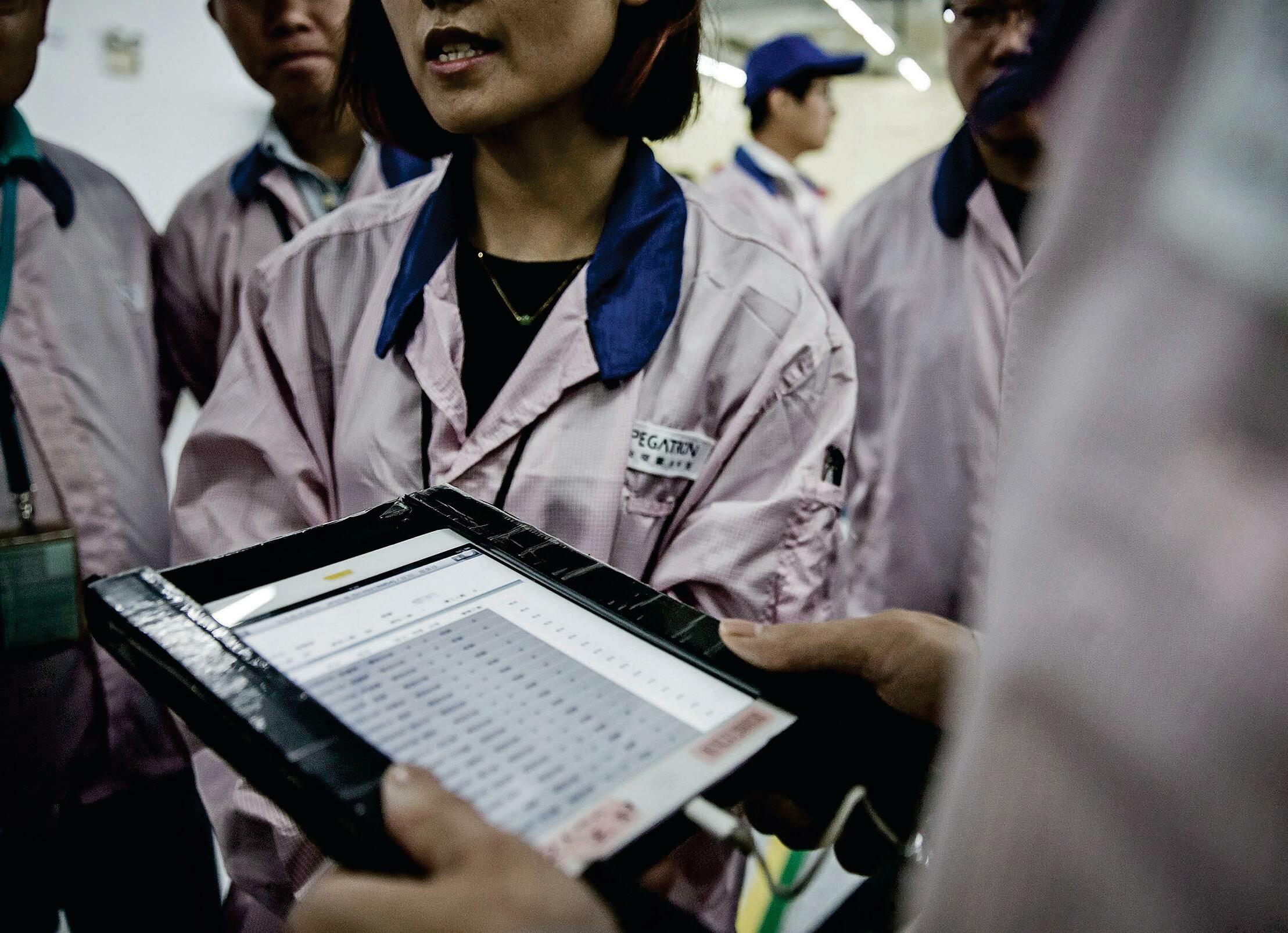Versuchen GOLD - Frei
TECH REVIVING U.S. TECH MANUFACTURING IS HARDER THAN YOU THINK
Fortune Asia
|June - July 2025
“MILLIONS AND millions of human beings screwing in little, little screws to make iPhones. That kind of thing is going to come to America.”

That was U.S. Commerce Secretary Howard Lutnick's pitch in April for the Trump administration's “Liberation Day” tariffs, the most radical shift in U.S. trade policy since the 1930s.
The administration has used many rationales for tariffs, but the one that seems to animate the president most is a wish to bring manufacturing back home to the U.S. Over the past few decades, many industries including tech have shipped most of their production overseas, where wages are lower, skilled labor is easier to find, and suppliers are more plentiful.
But reversing the status quo for companies like Apple is far more complicated than Trump lets on, if it's possible at all. Behind a finished smartphone extends a chain of suppliers and assemblers, particularly in Asia, that is difficult to replace.
Trump's wrecking ball to global trade has already proved too fast and too disruptive to encourage companies like Apple to quickly move their production to the U.S. Instead, to bring U.S. manufacturing back, Washington will need a more targeted, more methodical—and more stable—strategy, according to economists and experts who have spent years, if not decades, studying trade and global supply chains.
“There is no single industrial policy tool which will do this alone. It takes a whole ecosystem,” says Marc Fasteau, coauthor of Industrial Policy for the United States: Winning the Competition for Good Jobs and High-Value Industries.
HOW IT HAPPENED
Over the past several decades, manufacturing has steadily declined as a share of U.S. GDP, from around 25% in the 1950s to 10% today. Meanwhile, in Asian manufacturing powerhouses like China, Japan, and South Korea, the proportion has grown higher than 20%.
Diese Geschichte stammt aus der June - July 2025-Ausgabe von Fortune Asia.
Abonnieren Sie Magzter GOLD, um auf Tausende kuratierter Premium-Geschichten und über 9.000 Zeitschriften und Zeitungen zuzugreifen.
Sie sind bereits Abonnent? Anmelden
Listen
Translate
Change font size

